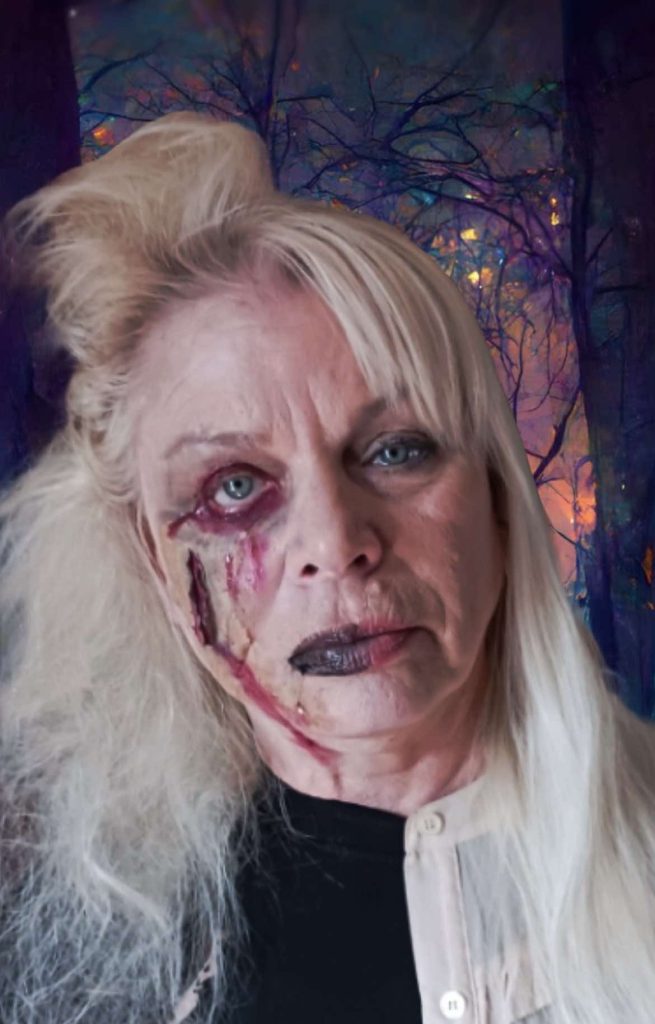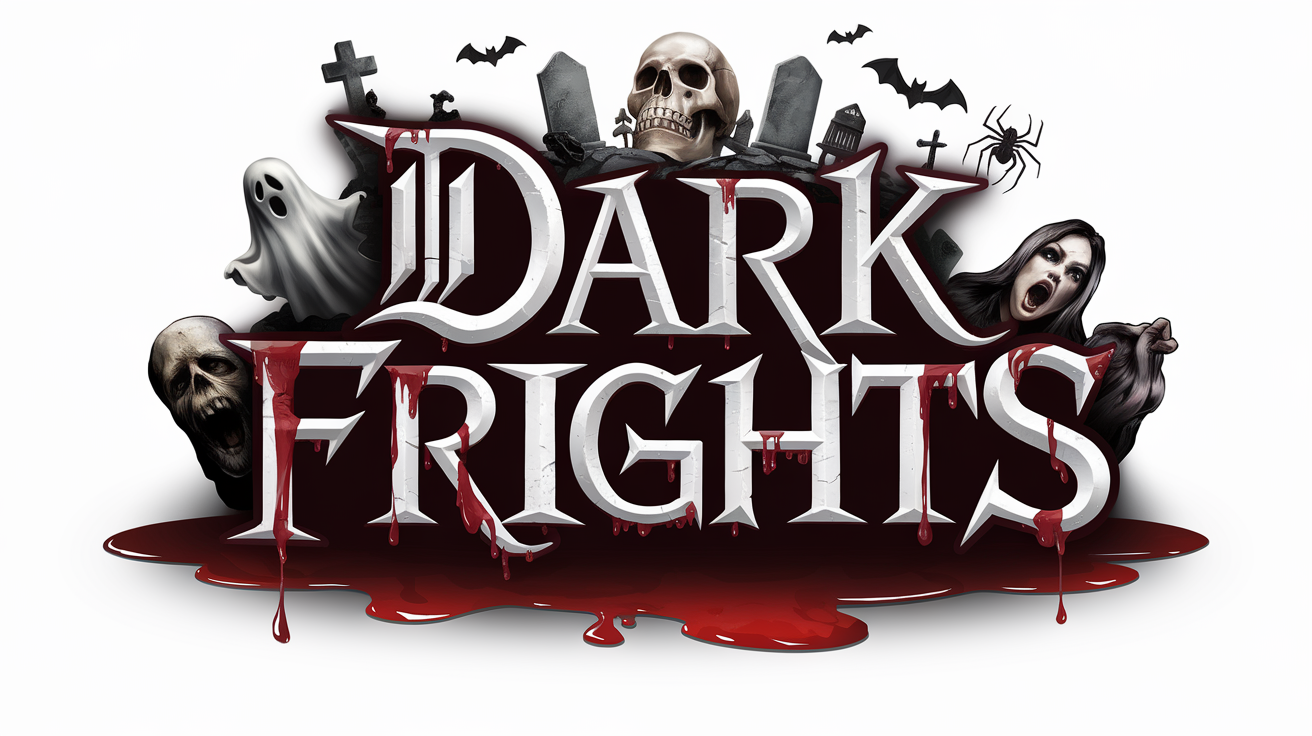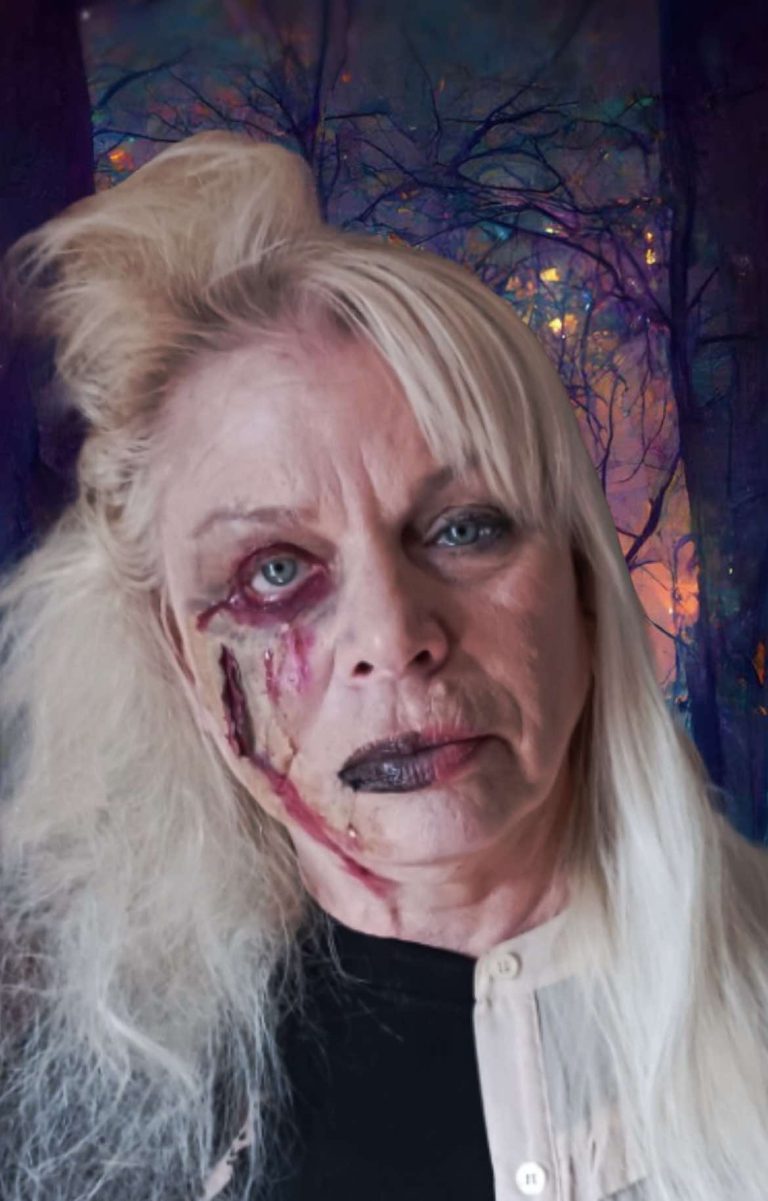Special effects, often abbreviated as SFX or SPFX, are the visual tricks and techniques used in films, television, theater, and other entertainment mediums to create illusions or realistic portrayals of fantastical events. These effects can range from subtle enhancements to mind-bending spectacles that transport audiences to other worlds. Let’s delve into the fascinating world of special effects and explore their evolution, techniques, and impact on the film industry.
A Brief History of Special Effects
Special effects have been an integral part of filmmaking since its inception. In the late 19th century, pioneering filmmakers like Georges Méliès used practical effects, such as double exposure and stop-motion, to create magical and imaginative scenes. Méliès’ 1902 film A Trip to the Moon is often cited as one of the earliest examples of special effects in cinema.
As technology advanced, so did the complexity and realism of special effects. The early 20th century saw the development of techniques like rear projection, miniature models, and matte paintings. These methods allowed filmmakers to create larger-than-life scenes without the need for massive sets or dangerous stunts.
Types of Special Effects
Special effects can be broadly categorized into two types: practical effects and visual effects (VFX).
Practical Effects:
- Makeup and Prosthetics: Creating lifelike characters, creatures, and injuries using makeup, prosthetics, and animatronics. Classic examples include the monsters in Universal’s horror films and the creatures in the Star Wars
- Miniatures and Models: Using scale models to represent larger objects or environments. This technique was famously used in 2001: A Space Odyssey and Blade Runner.
- Mechanical Effects: Physical effects created on set, such as explosions, weather effects, and mechanical puppetry. These effects are often controlled by skilled technicians to ensure safety and realism.
Visual Effects (VFX):
- Computer-Generated Imagery (CGI): Creating digital environments, characters, and objects using computer software. CGI has revolutionized filmmaking, allowing for the creation of visually stunning films like Avatar and Jurassic Park.
- Compositing: Combining multiple visual elements into a single image. Techniques like green screen (chroma key) and motion tracking allow filmmakers to seamlessly integrate actors with digital backgrounds or effects.
- Motion Capture: Recording the movements of actors and translating them into digital characters. This technique has been used to bring characters like Gollum in The Lord of the Rings and Caesar in Planet of the Apes to life.

The Impact of Special Effects
Special effects have had a profound impact on the film industry, enabling filmmakers to tell stories that would be impossible to realize otherwise. They have expanded the creative possibilities of cinema and have become essential tools for storytelling in genres like science fiction, fantasy, and action.
Enhancing Storytelling: Special effects can create immersive environments and believable characters that enhance the narrative. They allow filmmakers to visualize abstract concepts, fantastical worlds, and historical settings with remarkable detail and accuracy.
Driving Technological Innovation: The demand for more realistic and sophisticated effects has driven technological advancements in fields like computer graphics, robotics, and material science. Innovations in these areas have not only benefited the entertainment industry but have also found applications in fields like medicine, engineering, and education.
Cultural Influence: Iconic special effects sequences have left a lasting impact on popular culture. Films like Star Wars, The Matrix, and Inceptionhave introduced new visual styles and techniques that have been emulated and referenced in various media.
The Future of Special Effects
The future of special effects is poised to be even more exciting with advancements in virtual reality (VR), augmented reality (AR), and artificial intelligence (AI). These technologies promise to blur the lines between reality and fiction, offering new ways to experience and interact with stories.
Virtual Reality (VR) and Augmented Reality (AR): VR immerses users in fully digital environments, while AR overlays digital elements onto the real world. These technologies are already being explored for interactive storytelling and immersive experiences.
Artificial Intelligence (AI): AI can be used to automate and enhance various aspects of special effects production, from generating realistic animations to improving motion capture data. AI-driven tools can also help create more personalized and interactive viewing experiences.
KO’s Conclusion
Special effects are a testament to human creativity and ingenuity, transforming the way stories are told and experienced. From the early days of practical effects to the cutting-edge CGI and beyond, special effects continue to push the boundaries of what is possible in filmmaking. As technology advances, the future of special effects promises to be even more thrilling, offering endless possibilities for storytelling and entertainment.

